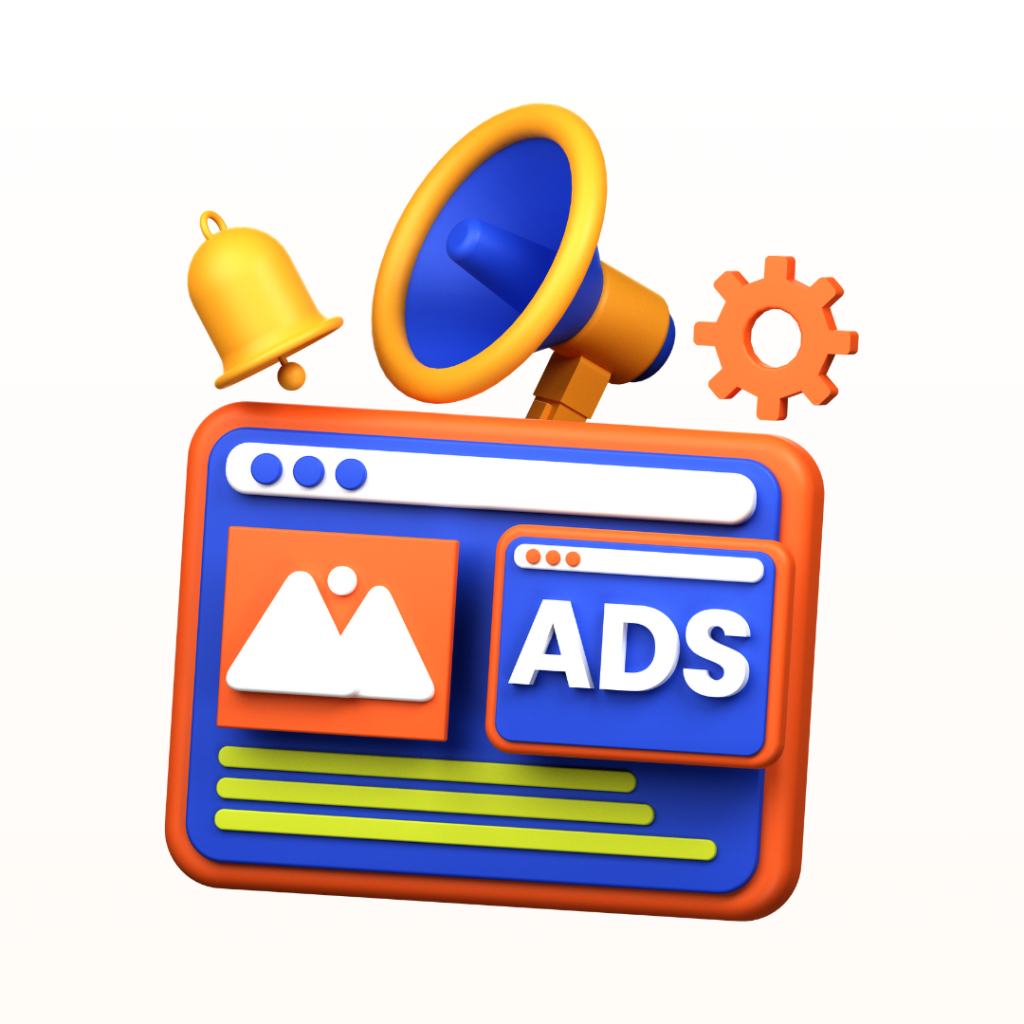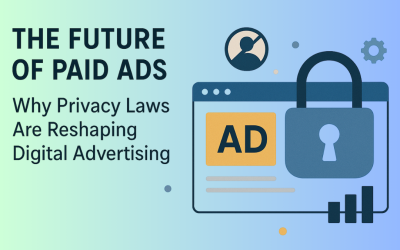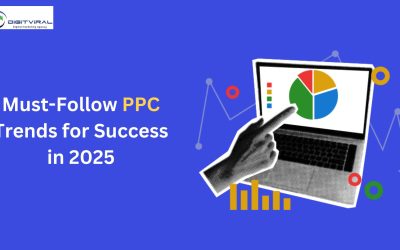Bing Ads vs. Google Ads: A Comparative Analysis for Advertisers
When it comes to pay-per-click (PPC) advertising, Google Ads and Bing Ads are two of the most dominant platforms available to marketers. While both are powerful tools for driving traffic and conversions, each offers unique advantages and features that make them suitable for different types of businesses and marketing strategies.
What Are Bing Ads?
Bing Ads, now rebranded as Microsoft Advertising, is a PPC platform that allows businesses to display ads across the Bing search engine and its partner networks, including Yahoo and AOL. Despite Google’s dominance in the search market, Bing accounts for around 6-9% of the global search engine market and has a higher market share in certain regions, particularly in the United States, where it controls up to 36% of the desktop search market.
Key Features of Bing Ads
- Lower Competition, Lower CPC: One of the most significant benefits of using Bing Ads is the lower level of competition compared to Google Ads. This often leads to lower cost-per-clicks (CPC), which can be a great advantage for businesses working with limited ad budgets.
- Access to a Unique Demographic: Bing users tend to skew slightly older and more affluent than Google users. This can make it an attractive option for businesses targeting specific demographics.
- Multiple Search Networks: Bing ads appear on several partner sites beyond the Bing search engine itself, including Yahoo and AOL, giving advertisers access to a more extensive network of potential customers.
- Device Targeting: Bing Ads offers greater flexibility in device targeting, allowing advertisers to create campaigns specifically optimized for desktop, mobile, or tablet users.
- Import Campaigns from Google Ads: Bing Ads allows users to import Google Ads campaigns directly, simplifying the setup process for advertisers already running Google Ads campaigns.
What Are Google Ads?
Google Ads is the largest and most widely used PPC platform, allowing advertisers to show ads on the Google search engine, its partner sites, and the Google Display Network (GDN). Google controls the lion’s share of the search engine market, with over 90% of global market share, making it the most influential player in the digital advertising space.
Key Features of Google Ads
- Larger Audience: Google’s extensive reach means your ads can potentially be seen by billions of users worldwide. This is particularly useful for businesses seeking a global audience.
- Advanced Targeting Options: Google Ads offers a wide array of targeting options, including geographic targeting, device targeting, audience segments, and more, allowing advertisers to fine-tune their campaigns.
- Extensive Ad Formats: Google Ads supports multiple ad formats, including text ads, image ads, video ads, and even shopping ads that are integrated directly into Google’s Shopping tab.
- Remarketing: Google’s robust remarketing tools allow businesses to target users who have previously visited their website, enhancing the chances of converting warm leads into customers.
- Integration with Other Google Tools: Google Ads integrates seamlessly with other Google products like Google Analytics and Google My Business, providing advertisers with detailed insights and analytics on campaign performance.
Differences Between Bing Ads and Google Ads
While both platforms offer PPC advertising, they differ in several key areas. Here’s a breakdown of some of the most notable differences between Google Ads and Bing Ads:
| Feature | Bing Ads | Google Ads |
| Market Share | ~9% (varies by region) | ~90% of global search engine market |
| Audience Demographics | Skews older, more affluent | More diverse across age groups |
| Cost-Per-Click (CPC) | Typically lower due to less competition | Higher CPC due to intense competition |
| Search Networks | Bing, Yahoo, AOL | Google, YouTube, Google Display Network (GDN) |
| Ad Formats | Text, Shopping, and Search ads | Text, Shopping, Display, Video, App Install |
| Device Targeting | More granular targeting options | Limited customization by device |
| Ease of Use | Straightforward interface with Google Ads import feature | More comprehensive but can be complex for beginners |
| Budget Flexibility | Suitable for businesses with smaller budgets | Requires more significant ad spend to compete effectively |
| Ad Scheduling | More advanced time zone settings | Basic time zone settings for scheduling |
Bing Ads vs. Google Ads: Which One Is Right for Your Business?
Choosing between Bing Ads and Google Ads depends largely on your business goals, budget, and target audience. Below are some scenarios to help guide your decision:
- Use Bing Ads if:
- You have a smaller budget and need a more cost-effective PPC platform.
- Your business targets an older, more affluent demographic.
- You want to diversify your ad campaigns across multiple search networks (Bing, Yahoo, AOL).
- Use Google Ads if:
- You want to reach a larger and more diverse audience.
- Your business has a global reach or focuses on younger consumers.
- You need advanced features like video ads, remarketing, or a wide range of ad formats.
Both Bing Ads and Google Ads offer unique benefits, and many businesses choose to use both platforms to maximize their reach. While Google Ads dominates the market, Bing Ads provides an excellent opportunity for businesses looking to tap into a more specific demographic or reduce advertising costs. By understanding the strengths and differences of each platform, you can develop a more effective and balanced digital marketing strategy.



